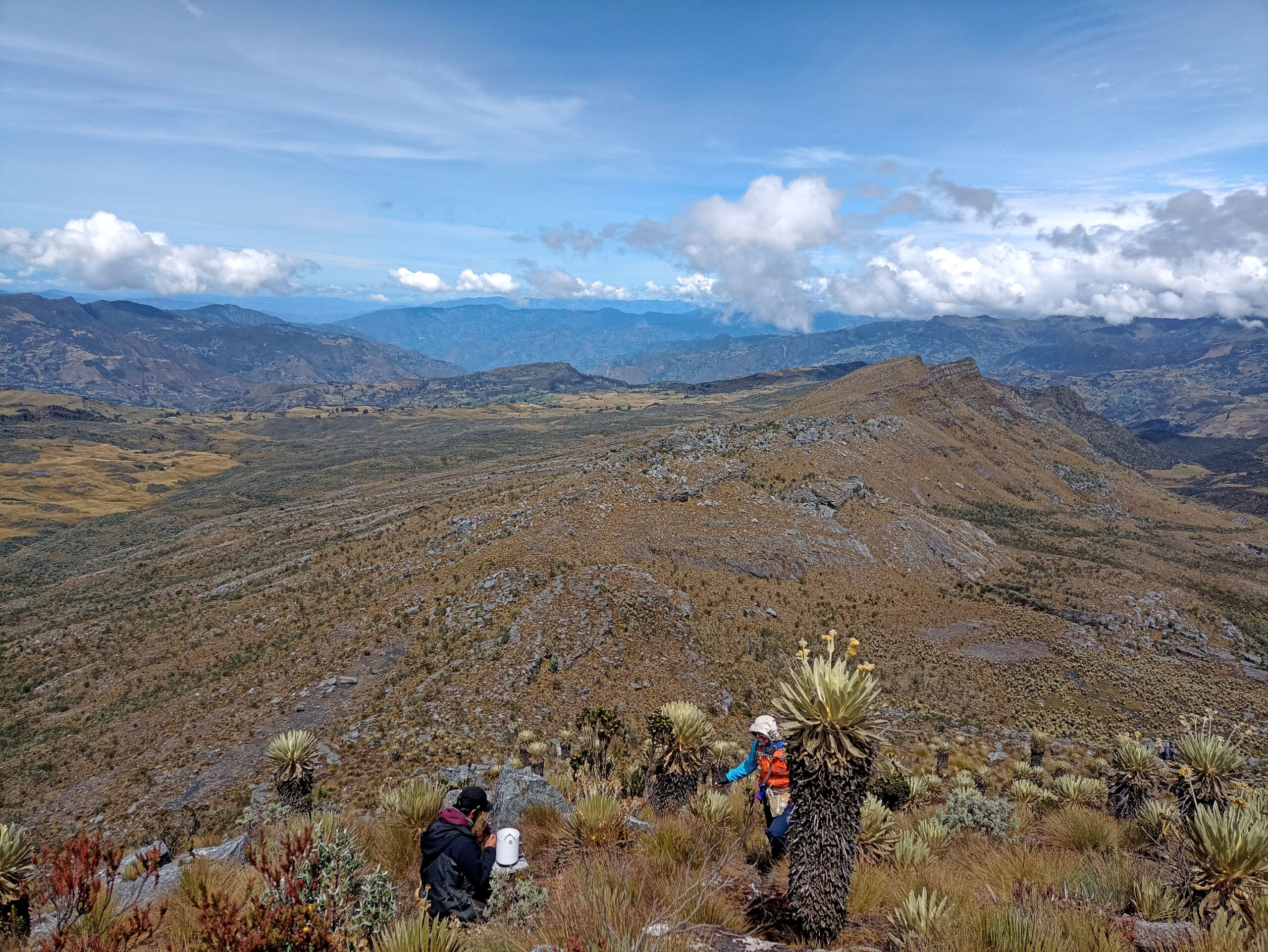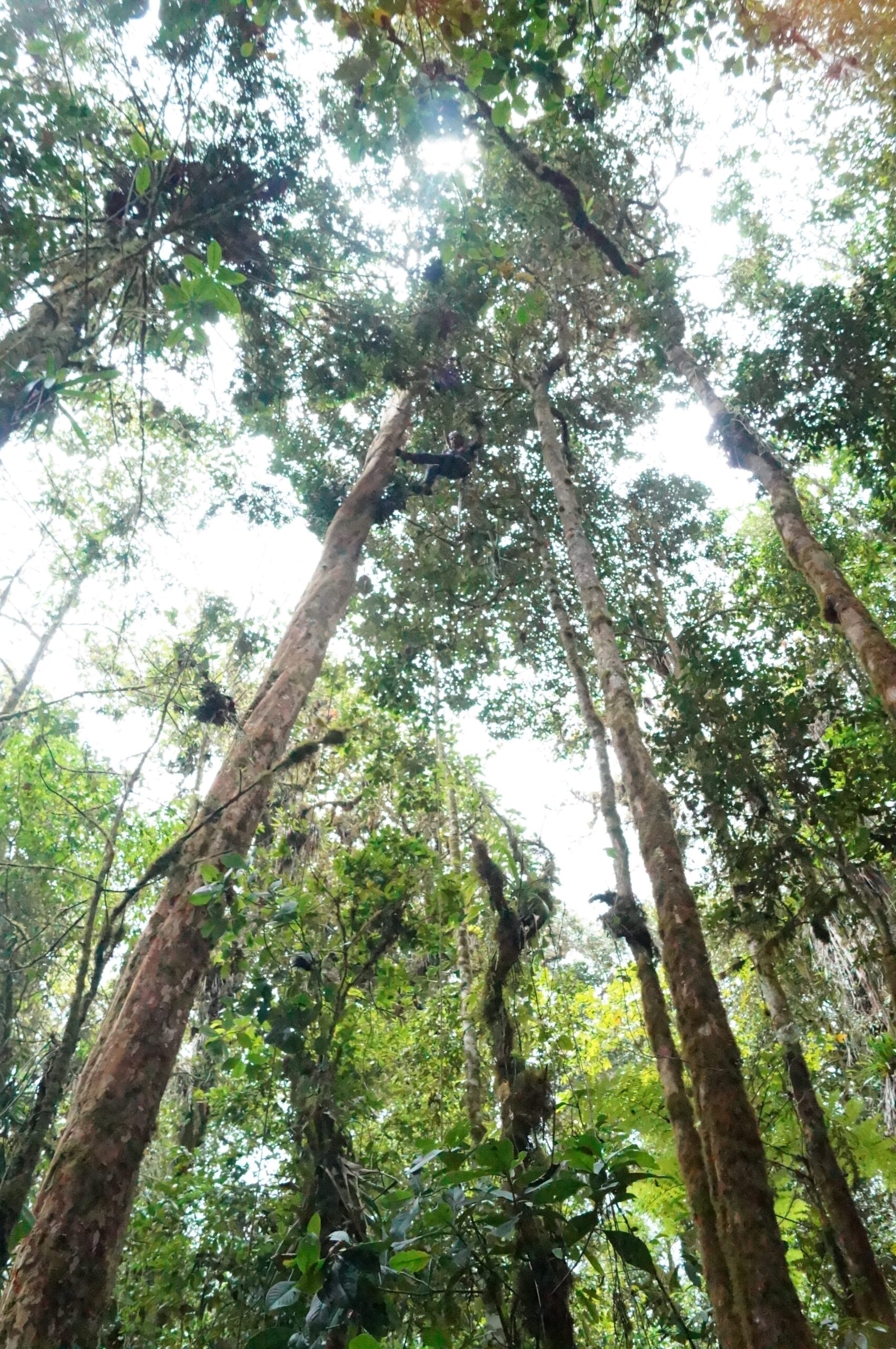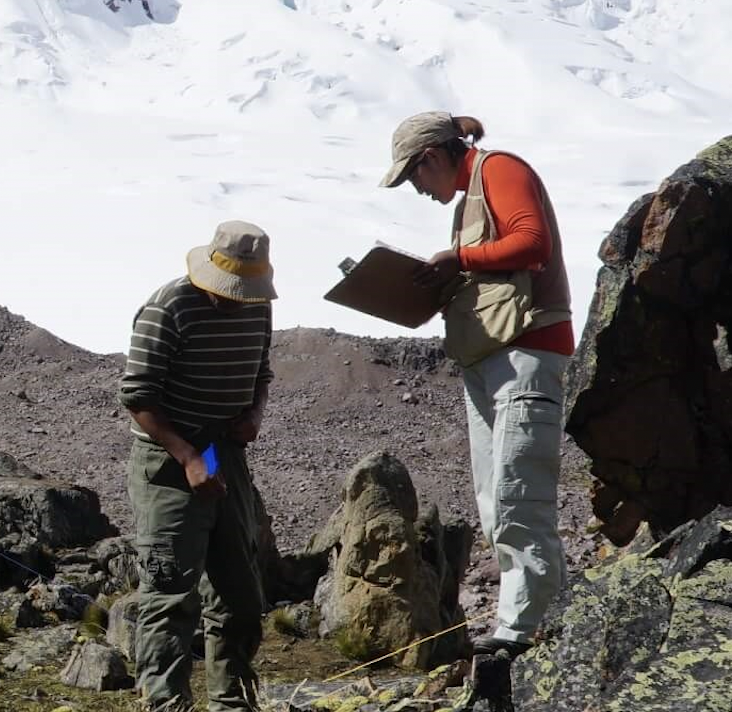Diversity, structure and dynamics of tropical montane forests: Insights from permanent-plot monitoring in the Venezuelan Andes

This article is an abridged version of the original text, which can be downloaded from the right-hand column. We highlight some of the paper’s key messages below, but please access the original text for more comprehensive detail, full references, or to quote text.
To cite the original text, please use: Sánchez, M.E., Llambí, L.D., Gámez, L.E., Rodríguez, G., Pelayo, R., Ataroff, M. and Vilanova, E. (2024) ‘Diversity, structure and dynamics of tropical montane forests: Insights from permanent-plot monitoring in the Venezuelan Andes’, Ecología Austral, 34:286-304, http://dx.doi.org/10.25260/EA.24.34.2.0.2349.
Introduction
Tropical montane forests in the Andes are hotspots for species diversity and constitute important ecosystems for the provision of numerous services critical for local populations, including biomass/carbon accumulation and hydrological regulation. Additionally, in many countries in the region, these forests are being lost or degraded at alarming rates. Understanding their dynamics in terms of the composition, diversity, structure and function is a key challenge in the region that can inform policies for their sustainable management and conservation.
This study focused on the use of monitoring data from ground-based permanent plots (part of the Andean Forest Network) in the two main mountain ranges of the Venezuelan Andes to analyze forest structure, diversity and dynamics over six years (2016-2023), and their potential drivers.
The following questions were addressed:
- What are the main differences in tree species composition, diversity, biogeographic origin, structure (i.e., stem density, size distribution, aboveground biomass, AGB) and dispersal strategies comparing forest sites in the two main mountain ranges of the Cordillera de Mérida?
- Are compositional and structural differences between these forests linked to contrasting environmental conditions within and between regions?
- Are these relatively mature montane forests showing evidence of changes in species composition and richness, and in their structural properties including tree density, total basal area and AGB within the last six years?
- How do these changes in structure and composition relate to differences in tree demographic processes (mortality, recruitment, turnover)? Are they in line with longer-term trends linked to climate change that have been identified for the northern Andes?
Method
The study was carried out in two sectors of the Cordillera de Mérida (Mérida State), Venezuela: La Mucuy (MUC) —in the eastern Sierra Nevada— and San Eusebio (SEU) —in the Sierra de La Culata to the west. The information about the historical land use of these two areas is sparse, and records of both natural, but mostly anthropogenic disturbances are not well-known.
The study used six permanent plots (three per site) that are part of the Andean Forest Network (AFN). A total of 1007 individuals were tagged in the first census of 2016 and followed for monitoring in a second re-census in 2022.
Based on the data from each plot, the study determined the total richness of species, genera and families present in each plot for the baseline (2016) and the re-census (2022). To then analyze the patterns of change in similarity of species abundance, a matrix with the total basal area for each species in each plot in both sites and for both years of evaluation (2016-2022) was used.
Although a small number of plots may limit the potential of capturing significant relationships between environmental variables and the characteristics of these forests in terms of structure and dynamics, the study pursued an exploratory analysis in two main analytical steps: Kendal’s tau approach and testing the relationships between three main response variables.
Please refer to the full paper to explore the methods and analytical approaches in more detail.
Lessons Learned
- Both sites studied show contrasting patterns of species diversity, largely driven by their ecological conditions.
- The compositional differences between the two sites (which were also reflected in differences in the biogeographic composition of both forests), emphasize the large beta-diversity that results from the presence of two distinct sierras in the Venezuelan Andes, emphasizing the importance of protecting forest diversity at a regional scale (which is aided by the presence of one large national park in each of them).
- The strong prevalence of zoochoric seed dispersal emphasizes the importance of conserving the bird and mammal communities associated with these forests for the long-term resilience of these ecosystems.
- Both areas have shown an increase in their aboveground carbon stocks between 2016 and 2022 capturing a significant amount of carbon dioxide from the atmosphere thus serving as an active sink, pointing to carbon accumulation as a key service provided by these ecosystems.
Explore the key results in more detail on pages 292-300.
Reflections
Considering that these are highly threatened ecosystems limited to higher elevations within protected areas (where official monitoring programs are urgently needed), the authors argue the expansion of and a long-term and sustained effort for monitoring of these forests is a fundamental priority for evidence based decision making and conservation efforts.
In this context, the results provide insights into the ecological drivers and habitat conditions that shape species composition and dynamics in montane forests of the Venezuelan Andes. Understanding these relationships and interactions is crucial for conservation and management efforts, as these help to identify areas of high biodiversity, prioritize conservation actions and anticipate potential impacts of climate change on species distributions.
Suggested Citation:
Sánchez, M.E., Llambí, L.D., Gámez, L.E., Rodríguez, G., Pelayo, R., Ataroff, M. and Vilanova, E. (2024) ‘Diversity, structure and dynamics of tropical montane forests: Insights from permanent-plot monitoring in the Venezuelan Andes’, Ecología Austral, 34:286-304, http://dx.doi.org/10.25260/EA.24.34.2.0.2349.





Comments
There is no content